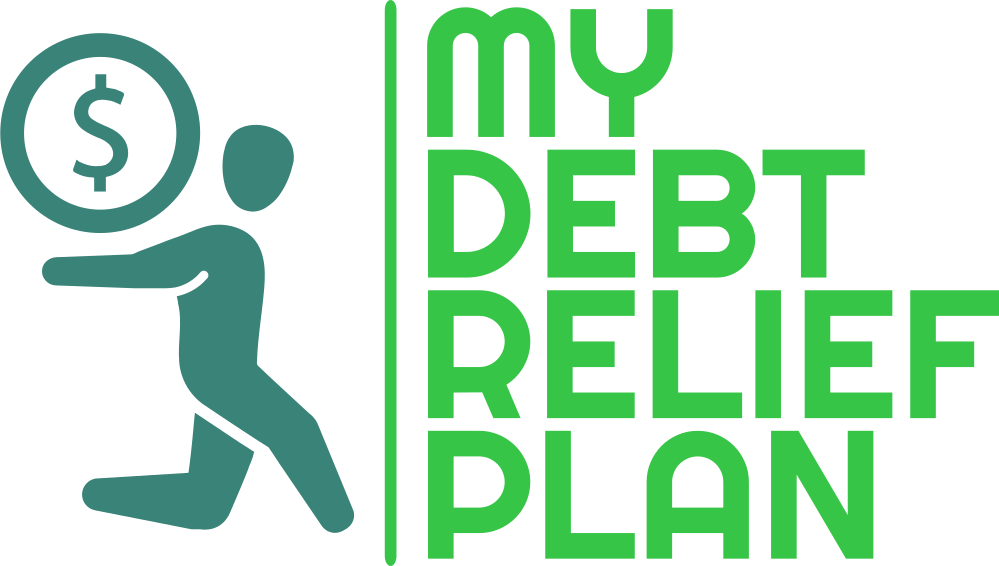How to Consolidate Debt and Save on Interest
Managing multiple debts can feel overwhelming, especially when juggling high-interest rates, various due dates, and different lenders. Debt consolidation offers a strategic way to streamline payments, reduce stress, and potentially save money on interest. In this article, we’ll explore what debt consolidation entails, its benefits, options available, and tips to make the most of this financial strategy.

Contents
What is Debt Consolidation?
Debt consolidation involves combining multiple debts into a single loan or payment plan. Instead of managing separate balances, you roll them into one, ideally with a lower interest rate. This approach simplifies repayment and may reduce the total cost of borrowing over time.
Benefits of Debt Consolidation
- Lower Interest Rates
Many debt consolidation options offer lower interest rates compared to credit cards or high-interest loans. This reduction can save you significant money over time. - Simplified Payments
Managing one monthly payment is much easier than keeping track of multiple due dates. This reduces the likelihood of late payments and associated penalties. - Improved Credit Score
Consolidating debt might boost your credit score by reducing your credit utilization ratio, provided you continue making payments on time. - Faster Debt Payoff
With a single, lower-interest loan, more of your payment goes toward the principal, allowing you to pay off the debt faster.
Types of Debt Consolidation Options
1. Personal Loans
Personal loans are a popular choice for consolidating debt. Offered by banks, credit unions, and online lenders, these loans typically have fixed interest rates and repayment terms.
- Pros: Predictable payments, potentially lower rates.
- Cons: May require a good credit score to qualify for the best rates.
2. Balance Transfer Credit Cards
Balance transfer cards let you transfer multiple credit card balances to a single card with a low or 0% introductory interest rate.
- Pros: No interest during the promotional period (typically 6-18 months).
- Cons: High-interest rates after the promotional period; often includes balance transfer fees.
3. Home Equity Loans or HELOCs
If you own a home, you can leverage your equity through a home equity loan or a home equity line of credit (HELOC) to consolidate debt.
- Pros: Low-interest rates due to secured nature.
- Cons: Risk of losing your home if you default on payments.
4. Debt Management Plans (DMPs)
DMPs are offered by credit counseling agencies to negotiate lower interest rates and consolidate payments into one monthly plan.
- Pros: Professional guidance; potential fee waivers from creditors.
- Cons: May take 3-5 years to complete; requires closing credit accounts.
5. Debt Consolidation Loans
These are specific loans designed for debt consolidation, often offered by lenders specializing in helping individuals manage debt.
- Pros: Tailored for debt repayment.
- Cons: Interest rates vary depending on creditworthiness.
How to Choose the Right Debt Consolidation Option
- Assess Your Financial Situation
Calculate the total amount of debt, interest rates, and monthly payments. Understanding your financial standing helps in choosing an appropriate method. - Check Credit Score
A higher credit score increases your chances of qualifying for lower-interest loans or credit cards. - Compare Interest Rates and Terms
Shop around for the best rates and terms. Use online calculators to estimate potential savings. - Consider Fees and Risks
Be aware of origination fees, transfer fees, or collateral risks associated with certain options like home equity loans.
Steps to Consolidate Debt Successfully
1. List All Your Debts
Create a detailed list of debts, including balances, interest rates, and minimum payments. This will give you a clear picture of what needs to be consolidated.
2. Research Consolidation Options
Explore the various methods mentioned above and decide which one aligns best with your goals and financial situation.
3. Apply for a Loan or Credit Line
If choosing a loan or balance transfer, apply with a reputable lender or card issuer. Be prepared with necessary documentation, such as proof of income and credit history.
4. Pay Off Existing Debts
Use the funds from your new loan or credit line to pay off existing debts. Avoid spending on credit cards once they are cleared.
5. Stick to Your Repayment Plan
Commit to timely payments on the new loan or credit line. Late payments can negate the benefits of consolidation and harm your credit score.
Tips to Save on Interest
- Opt for Fixed Rates
Fixed rates offer predictability, ensuring your payments don’t increase over time. - Avoid New Debt
Resist the temptation to use credit cards or take on additional loans while repaying consolidated debt. - Pay More Than the Minimum
Whenever possible, pay more than the minimum required to reduce the principal faster. - Negotiate with Creditors
In some cases, creditors may be willing to reduce interest rates or settle for a lower payoff amount.
When to Avoid Debt Consolidation
Debt consolidation isn’t always the right solution. Avoid it if:
- You lack the discipline to avoid new debt.
- The total cost of consolidation (including fees) exceeds potential savings.
- You risk losing collateral, like your home, with secured loans.
Conclusion
Debt consolidation can be an effective strategy to manage multiple debts, simplify payments, and save on interest. By choosing the right consolidation method and committing to disciplined repayment, you can regain control of your finances and work toward a debt-free future. However, it’s essential to weigh the pros and cons, assess your financial situation, and seek professional advice if needed to ensure the best outcome.
Taking these steps today could be the first move toward long-term financial freedom.


